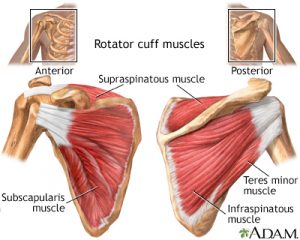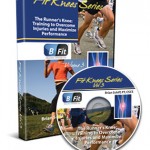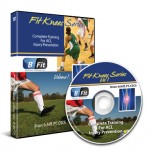Brian Schiff’s Blog
Injury Prevention, Sports Rehab & Performance Training Expert
If you follow my blog, then you already know I have a 16 y/o left-handed son who pitches. As a sophomore, he is in the early stages of recruiting and has been to 3-4 showcase camps. He has good size at 6’3″ tall and 184 pounds. He has been up to 82 mph.

We have been told he projects at the D1 level, but he just needs to throw a little harder. Baseball is all about bigger, faster and stronger these days. Analytics and numbers rule the day. Coaches have told us that once he consistently throws 85 plus, the offers will start to roll in.
So, the big push for many pitchers today is gaining velo. There are lots of programs and “experts” on the subject offering online programs, weighted balls, velocity training tools, throwing programs, etc. The two questions I always have are:
- What is safe for throwing athletes?
- What is effective?
As a physical therapist, I only want to pursue things that satisfy both questions above. Personally, I do not believe there is a quick fix, or any one program that will deliver the goods.
One of the bigger issues I see with athletes who have shoulder dysfunction is upper trap dominance. The upper trap needs to work in concert with he lower trap and serratus anterior for optimal shoulder function. However, in many cases, it tends to dominate the action during elevation.
I recently evaluated a professional baseball player who presented with upper trap dominance. In standing, his right scapula was elevated and slightly protracted. In many cases, you will see scapular infera in the dominant side of a thrower, but that was not the case with him. During active elevation, you could see excessive upper trap firing/activation compared to his left side. This can lead to altered glenohumeral mechanics and compression/irritation of the rotator cuff with repetitive throwing.
Performing low trap raises (the standard ‘Y’ exercise) and serratus anterior work is a no-brianer when you see something like this in order to activate the lower trapezius. But, I also like to focus on getting the client to pull the shoulder blades down and back if you will. Below is one of my favorite exercises I recently featured in PFP magazine to address this issue:
In addition, I like to use shoulder snow angels as well. Click here to see how to perform that exercise. Together, these two movements can really help eliminate upper trap dominance in your clients.
Shoulder pain is one of the most common issues I treat in my clinic week to week, There are many causes of pain, but the most common cause of shoulder pain in active individuals typically involves the rotate cuff. These relatively small muscles are called upon to manage high and repetitive loads during sports, work and daily activity.
In some cases, there is just mild inflammation that does not limit function. In there cases, there is more acute pain that makes it hard to even raise the arm or use it for the most basic things. It can be difficult to really discern if there is significant injury as even acute tendinitis can be debilitating.

Image courtesy of Medline Plus
In a blog post I wrote for my work site, I discuss the differences between tendinitis, tendinosis and tears of the rotator cuff. Click here to read more.
If you have rotator cuff pain and are looking for a simple at-home rehab plan or injury prevention program, check out my training guide at www.rotatorcufftraining.com.
I find that many patients and clients lack dynamic shoulder and pillar stability. Assessing this with tall plank arm taps or tall plank Y reaches can tell you a lot about one’s ability to stabilize and resist gravity in single arm support. In light of the insufficiencies I see, I prefer to use exercises that encourage integrated shoulder, torso and hip stability.
Improving shoulder and torso stability is important for overhead athletes, wrestlers, MMA competitors as well as those with any shoulder instability. This exercise is a great way to build dynamic stability and postural stability.
Click here to read my entire online column for PFP Magazine on this exercise including progressions and regressions. I think you will find this movement both challenging and rewarding for you or your clients.
Today through the end of Memorial Day I am offering 50% off my entire product line of e-books and DVDs on my website. So if you or your friends and colleagues are looking for information on rotator cuff pain, frozen shoulder treatment, ACL prevention, or programs to eliminate knee pain in runners or those with osteoarthritis, now is the time to grab one of my guides.
Visit http://www.brianschiff.com/Products.asp to see my catalog of products and simply enter the code BFIT50 in the coupon box at checkout. The sale will end Monday at midnight.



